- Products Information
- Comment
CNC milling and what you need to know
CNC Milling is responsible for revolutionizing the machine shop, granting the ability to mass-produce detailed components faster and with more accuracy than traditional methods.
This is a special process used by machinists to produce complex parts. It is also one of the most common processes in machining. There are other manufacturing methods out there such as plasma or laser cutting and they can achieve most of the same results. What’s more, is that they can do so at a cheaper price. But what those methods cannot achieve is complexity, the sheer capabilities of CNC milling are unmatched by any other process.
We utilize the process to produce complex parts for our customers which simply cannot be done elsewhere.
This article is going to look at how we are able to achieve the stunning quality not found elsewhere. We’re going to look at all the aspects of the milling process as well as the machinery itself.
What is CNC Milling?
If we are to understand why we choose CNC milling to machine our customer’s most complex parts, we first have to understand what the actual process is. People often confuse CNC machining with the milling process. CNC machining in this case is the combination of milling and turning. The best way to recall what CNC machining is that all CNC machining makes use of CNC machines but not all CNC machines are used for machining. They can be used for laser cutting, plasma cutting, etc.
CNC milling is a subtractive process, in other words, it removes material from a block of material to create the finished part using the computer numerical control systems to automate the entire process.
The Milling Process
Before we talk about the types of CNC milling, let’s look at the actual process which is common to all the different types.
The milling process includes:
- Designing the parts in CAD
- Translating the CAD files into code for machining
- Setting up the machinery
- Producing the parts
CNC Milling Methods
The process starts with a computer-aided design (CAD) drawing or a 3D model of the final component. That data is then exported into a language that computer-aided manufacturing (CAM) software is able to understand. The CNC milling machine then reads the generated CAM instructions and carries out a series of machine movements along different paths and axes.
The following are the most common CNC milling methods
Plain or Surface milling
This is also known as surface milling, this process utilizes a tool to subtract material along the surface of the workpiece. In this process, the rotation axis is parallel to the workpiece.
Surface milling can use different cutters, wide or narrow, depending on the desired outcome. Using a wide cutter can result in fast material removal when coupled with slow cutting speed, fast feed rate, and coarse teeth of the cutter. Of course, the surface finish of such cutting may not meet the requirements.
For a finer finish, a second step requires a change of tools to use finer teeth. This also requires faster cutting speeds and slower feed rates. At the same time, the final finish is more accurate.
Face milling
In this process, the rotational axis is perpendicular to the material’s surface. The tool faces down against the surface of the workpieces in to subtract material. Face milling often supersedes surface milling, as it can produce more intricate contours and leaves a finer finish. The teeth on the sides do most of the cutting work while the teeth on the tip take care of the surface finish.
Angular milling
With this process, the cutting tool’s rotary axis is at an angle to the surface of the workpiece. This produces angular cuts as specified by the design, these can be grooves or dovetails. In the case of a typical 3-axis mill, the use of different cutters makes the most sense. These can be dovetail cutters to produce angled grooves or just a mill with a conical cutting head for chamfering.
Form milling
Here the tool makes non-flat cuts, such as curves, counters, or radii. Several cutting tools are required for each curve for accuracy. Th helps to create these surface contours in a single cut. The tools can help create round recesses, round edges, etc. The tools must have the right parameters to achieve the desired outcome.
Profile Milling
This is a common operation used to produce convex and concave parts. 3 steps are required: roughing, semi-finishing, and final finishing.
The roughing step uses round inserts for removing most of the material. Then ball-nose end mills are used for the semi-finishing and finishing steps.

CNC Milling Tools
Types of CNC Milling Machines
In general, the workpiece remains stationary and it is the cutting tool that moves or rotates as required. Different types of CNC milling machines have varying spindle configurations that hold and move the workpiece in different ways.
Vertical milling
In this process, the spindle is mounted vertically and has a rotating tool which moves up and down to remove material. The workpiece is stationary. One type of machine has a spindle and that moves both parallel and perpendicular to the axis.
Advantages
- Considerably cheaper than horizontal mills, with a price difference up to 4-5x
- Easier to use because the vertical mill provides better visibility to what is actually going on
- More machinists who can provide great results
- The machines are smaller, requiring less space in the CNC machine shop
Horizontal Milling
The spindle is mounted horizontally and the cutting tool presses against the workpiece. This type of machine is good for deep and heavy cuts through the use of thicker and shorter cutting tools.
Advantages
- Possibility to produce parts with fewer operations
- Ability to create more complex parts
- About 3-4x faster than horizontal milling
- Longer tool life
- Better surface finish
Multi-axis milling
4-axis and 5-axis CNC mills facilitate highly detailed or complex machine operations. Multi-axis milling machines move on the X, Y, and Z axes, in addition to rotating on the A and B axes. This allows the workpiece to be approached from any direction, often facilitating multiple operations simultaneously and allowing for the creation of very complex parts – our specialty.
Advantages
- The ability to machine extremely complex parts
- The number of setups minimized
- Often eliminates the need for complex fixtures
- Faster material removal
- Better surface finishes
- Left: Horizontal Milling Machine Right: Vertical Milling Machine


Industries Impacted by CNC Milling
CNC milling has transformed multiple industries. Having more reliable parts pushes innovation and the creation of more advanced, specialized tools. CNC milling has impacted the following industries:
Automotive
CNC machining and milling produces a wide range of metal and hard plastic parts for the automotive industry. Vertical milling is primarily used in the industry and helps facilitate very precise measurements and complex features for gears, brackets, shafts, and pins.
Commercial Applications
CNC machining processes are able to finish, cut, and grind parts that create commercial equipment, tools, home décor, and more. Global competition has meant that tools such as those used in the DIY and Professional home industries have now at unprecedente levels of quality and power.
Aerospace
Aerospace equipment requires the use of a variety of hard metals and specialty materials to create parts that range in function from decorative to absolutely critical. CNC milling offers better design fulfillment with difficult materials like Inconel, a nickel-chromium superalloy. Milling is also critical for the creation of precise steering equipment.
Medical
The machining process allows medical equipment to retain precise design features with a variety of metal and plastic substrates. The process also creates components and products quickly, allowing companies to stay ahead of the medical technology curve.
Suitable Materials
We are able to use our CNC milling machines on a large variety of materials, the following can all be used in the process.
Metals
- Aluminum
- Beryllium
- Brass
- Bronze alloys
- Carbon steel
- Copper
- Iron
- Nickel
- Stainless steel
- Steel alloys
- Titanium
Exotic and Precious Metals
- Inconel
- Monel
- Platinum
- Silver
- Superalloys
Plastics
- ABS
- Acetal
- Acrylic
- Fiber-reinforced plastics
- Nylon
- Phenolic
- Polycarbonate
- Polyetherketone
- PTFE
- PVC
- Teflon
Choosing the right material for the part.
The choice of material, of course, comes down to the requirements. The selection process comprises of these steps.
- Creating part geometry.
- Determining the forces acting upon the part.
- Specifying the material properties based on the results.
- Creating a list of possible materials.
- Choosing one that fulfills the requirements with the best ratio for cost-efficiency.
- Making sure that the material is suitable for milling.
After you have taken these steps and chosen the material of your choice, it’s time to choose a reliable manufacturing contractor for the job. If you are looking for someone to help with milling metals, you can simply contact our sales engineers.








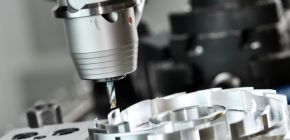


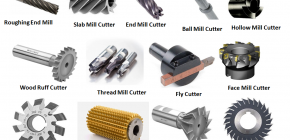

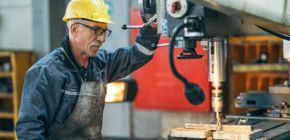
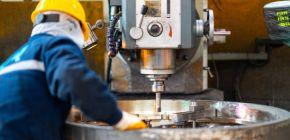
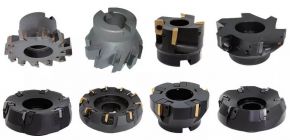
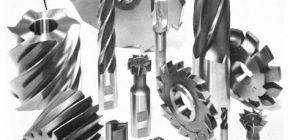
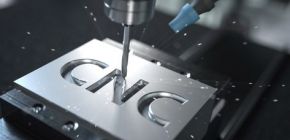
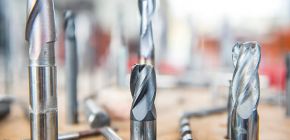
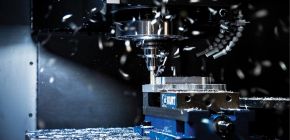
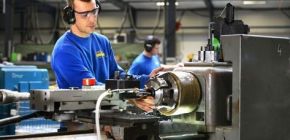
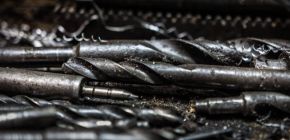
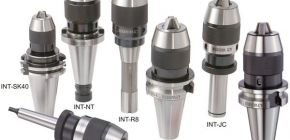

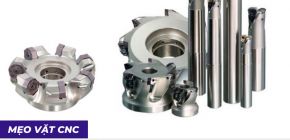
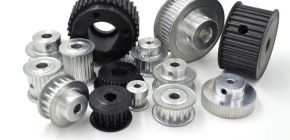
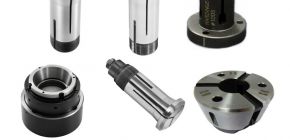


 0
0